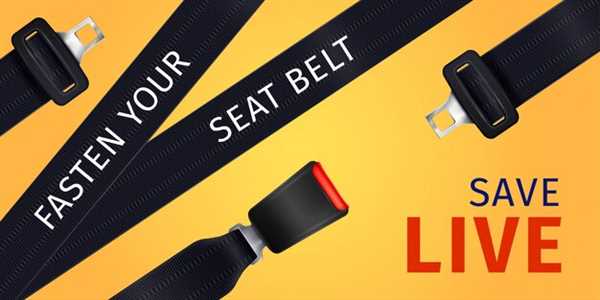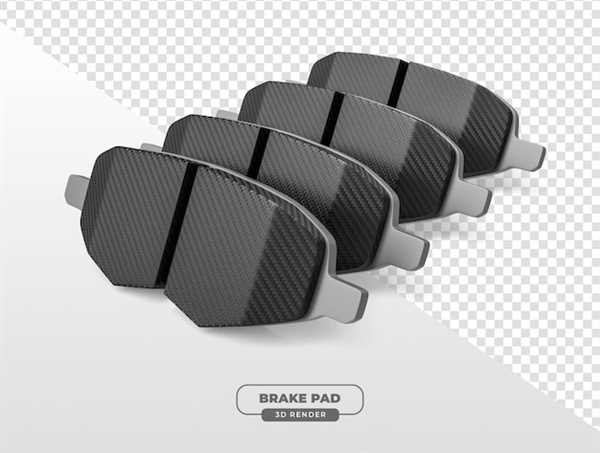
The right restraint system can significantly reduce the risk of injuries during high-speed events. Opt for multi-point configurations, ideally six-point or seven-point setups, which distribute forces more effectively across the body. Ensure that the harness is made from high-quality materials to withstand the intense conditions of competition.
Installation must adhere to manufacturer specifications, with particular attention to the angles of the straps and mounting points. Aim for a minimum of 45 degrees for upper straps to maintain optimal positioning. Regular checks should be part of routine maintenance to ensure all components function correctly, as wear and tear can compromise safety.
Consider investing in quick-release mechanisms. These devices enhance escape potential during emergencies, reducing critical seconds. Additionally, a proper fit is crucial; conduct thorough assessments of the driver’s seating position to eliminate slack and ensure maximum support is achieved. Engage with professionals for installation and adjustments to verify that every component meets rigorous safety standards.
Choosing the Right Seatbelt System for Your Motorsport Vehicle

Select a system with a minimum of five-point anchoring for optimal restraint during high-impact situations. A major factor is the material; nylon is preferred for its strength and durability. Look for models with quick-release mechanisms that allow for rapid exit in emergencies.
When assessing options, consider the design; a wider shoulder strap distributes forces more effectively across the body. Ensure adjustability is achievable while wearing gear, allowing for a snug fit without compromising comfort.
Weight is also a concern; lightweight components can enhance performance without sacrificing strength. Check certifications, such as FIA or SFI, which validate compliance with industry standards.
Finally, consider compatibility with your racing seat and roll cage layout. The perfect fit enhances both comfort and safety during competition, ensuring you stay secure on the track.
Installing Racing Harnesses: Key Considerations and Best Practices
Prioritize proper angle and positioning when attaching straps. Aim for a 15 to 20-degree angle from the shoulder to the clip for optimal restraint and comfort.
Utilize components that meet or exceed FIA or SFI standards. Certification ensures the reliability and durability of the equipment under extreme conditions.
Employ a mounting point that aligns with the seat’s structure. Bolt mounts directly to the chassis or use a roll cage for enhanced stability during high-impact scenarios.
Verify that the webbing is secure and free from abrasions. Regularly inspect the straps for wear, and replace any damaged elements immediately to avoid failure during use.
Ensure that all adjustment mechanisms operate smoothly. Loose or faulty adjustments can lead to ineffective performance when it is most needed.
Configure the harness system in accordance with the manufacturer’s specifications. Each system is designed with precise measurements that should not be altered for safety reasons.
Integrate proper padding wherever straps may contact the body. This can significantly reduce the risk of abrasions during collisions or abrupt stops.
Test the installation with a dummy or test subject in the seat. Observing how the setup performs under load helps identify potential issues before actual racing occurs.
Consider driver experience when determining strap style. Options like 5-point or 6-point systems vary in complexity and user-friendliness; choose accordingly.
Regularly review and refresh knowledge on best practices for installation. Continuous education on advancements and changes in standards is crucial for maintaining safe practices.
Understanding Safety Ratings and Standards for Motorsport Restraint Systems

Prioritize equipment compliant with FIA regulations, specifically looking for harnesses meeting FIA 8853-2016 standards. This certification signifies a rigorous testing process that ensures reliability under extreme conditions.
Always reference SFI ratings when selecting restraints. Equipment with SFI 16.1 or 16.5 ratings is suitable for competitive environments, ensuring it has undergone stringent tests for durability and performance.
Review the material used in fabrication. High-strength polyester webbing is preferred, offering both resilience and flexibility, minimizing potential injury during impacts.
Check for features such as anti-submarining designs. These prevent movement beneath the restraint during collisions, enhancing overall integrity.
Consider designs with adjustable shoulder straps, which allow for a snug fit that can accommodate different body types while ensuring maximum effectiveness in impact scenarios.
Regularly inspect and maintain all components to guarantee they remain free of wear and tear. Replace any device that shows signs of damage or degradation.
Lastly, consult with professional teams or trainers regarding their recommendations on specific brands or models recognized within the racing community. Personal experience from seasoned competitors can provide invaluable insights into superior options.


